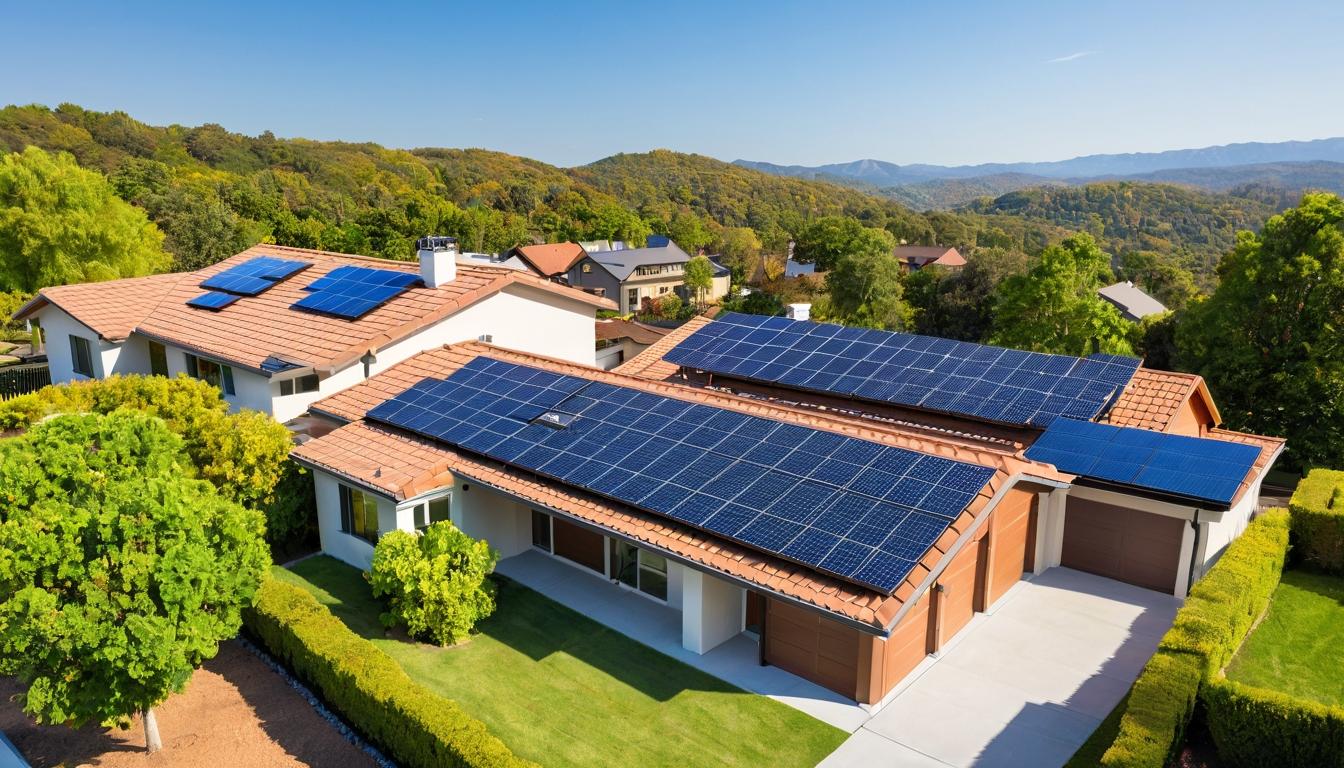The quiet hum of solar panels has become the new soundtrack of American suburbs, but what's happening behind the scenes is anything but quiet. While most homeowners focus on the shiny panels on their roofs, a revolution is unfolding in laboratories, boardrooms, and even in the way we think about energy itself. This isn't just about saving money on electricity bills anymore - it's about reshaping our entire relationship with power.
Walk through any residential neighborhood today, and you'll notice something different from just five years ago. Solar installations have moved from being exotic additions to becoming almost commonplace. But what most people don't see are the dramatic changes happening in solar technology that make today's panels fundamentally different from their predecessors. The panels going up today aren't just better versions of what we had before - they're smarter, more efficient, and capable of things we barely imagined a decade ago.
One of the most exciting developments flying under the radar is the emergence of perovskite solar cells. These aren't your standard silicon panels - they're thinner, more flexible, and potentially much cheaper to produce. Researchers are achieving efficiency rates that were once thought impossible, with some laboratory results approaching 30% conversion efficiency. What makes this particularly revolutionary is that perovskite panels can be manufactured using simple printing techniques, potentially bringing down costs to levels that would make solar power accessible to virtually everyone.
Meanwhile, the battery storage revolution is quietly changing the game for solar homeowners. The days of watching your excess solar energy flow back to the grid for pennies are numbered. Today's home battery systems are becoming more affordable and capable, allowing homeowners to store their solar power for use when the sun isn't shining. This isn't just about backup power during outages - it's about energy independence and maximizing the value of every photon that hits your roof.
The financial landscape for solar is shifting dramatically, and most homeowners aren't keeping up with the changes. The traditional solar lease model that dominated the market for years is being challenged by new financing options that give homeowners more control and better long-term value. Power purchase agreements are evolving, and new loan products are making ownership more accessible than ever. The key is understanding that the best financial arrangement depends entirely on your specific situation - there's no one-size-fits-all solution anymore.
Community solar projects are breaking down one of the biggest barriers to solar adoption: the roof. For the estimated 50% of Americans who can't install rooftop solar because they rent, have shaded roofs, or live in multi-unit buildings, community solar offers a way to participate in the clean energy transition. These projects allow multiple households to subscribe to a shared solar array, receiving credits on their electricity bills for the power generated. It's like having solar panels without actually having them on your property.
The solar industry is facing some serious growing pains, and how it addresses them will determine its future. Supply chain issues, trade disputes, and workforce development challenges are creating headwinds even as demand surges. The recent investigations into circumvention of solar tariffs have created uncertainty in the market, while the shortage of qualified installers means some homeowners are waiting months for their systems. These aren't abstract business problems - they directly affect how quickly and affordably solar can scale.
What many homeowners don't realize is that their solar panels are getting smarter. The latest systems come with sophisticated monitoring that can detect when individual panels aren't performing optimally, identify shading issues, and even predict maintenance needs before they become problems. This isn't just about generating electricity - it's about creating an intelligent energy system that optimizes itself and communicates with other smart devices in your home.
The environmental benefits of solar are well-known, but the conversation is becoming more nuanced. Researchers are now looking at the full lifecycle impact of solar panels, from manufacturing to disposal. The good news is that the energy payback time - how long it takes a panel to generate the amount of energy used in its production - has dropped dramatically. Modern panels typically recoup their manufacturing energy in less than two years, meaning they spend decades producing clean energy after that.
Looking ahead, the integration of solar with other technologies promises to transform not just how we power our homes, but how we live in them. Electric vehicles charging from solar panels, smart homes that automatically adjust energy use based on solar production, and even vehicle-to-grid technology that turns EV batteries into backup power sources - these aren't futuristic concepts anymore. They're happening now, and they're creating opportunities for homeowners to become active participants in the energy ecosystem rather than passive consumers.
The most important trend in solar right now might be the democratization of energy. As costs continue to fall and technology becomes more accessible, solar power is shifting from being a luxury for environmentally conscious homeowners to a practical financial decision for mainstream America. The conversation is changing from "why should I go solar?" to "why wouldn't I go solar?" - and that shift represents a fundamental transformation in how we think about energy.
The solar revolution is coming to your neighborhood - here's what you need to know

